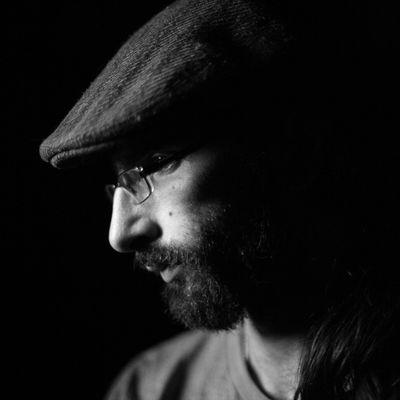
Exploiting Flaws in Vintage Glass
Learning to use the characteristics of vintage glass for fun and (hopefully) profit.
Modern lenses (glass) have been manufactured in an increasingly flawless way, attempting to achieve optical perfection. I’d like to delve into the potential of using older “vintage” glass specifically to exploit the inherent imperfections present in those lenses.